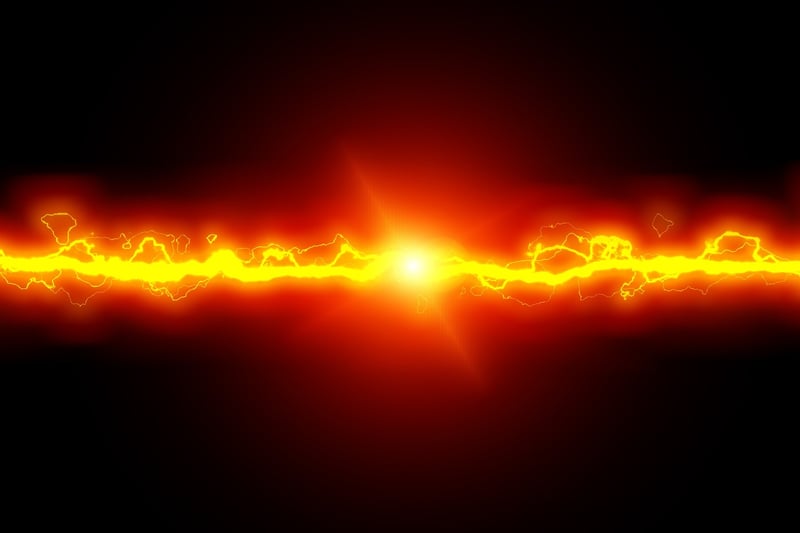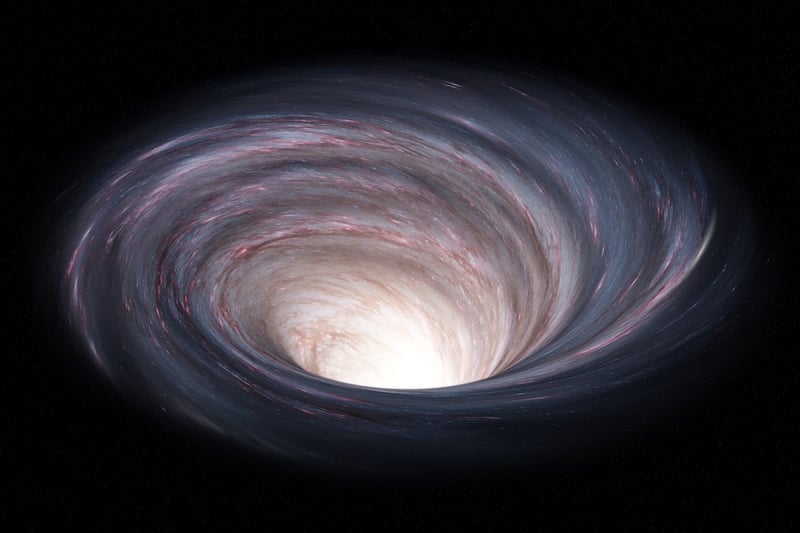Quantum Technology
Mechanisms for Time Travel and Quantum Technology
Time travel has been a fascinating concept in science fiction for decades, but recent advancements in quantum technology have sparked new discussions about the possibility of manipulating time. While time travel remains theoretical, understanding the mechanisms proposed by scientists can offer valuable insights into how quantum technology could potentially revolutionize our understanding of time and space.
Wormholes and Black Holes
One of the most popular theoretical mechanisms for time travel involves wormholes and black holes. Wormholes are hypothetical passages through space-time that could create shortcuts for long journeys across the universe. If traversable wormholes exist, they could potentially allow for time travel by connecting two distant points in space-time.

Quantum Entanglement
Quantum entanglement is another intriguing concept in quantum physics that could play a role in potential time travel mechanisms. This phenomenon involves a strong correlation between particles, even when separated by vast distances. Some scientists speculate that manipulating quantum entanglement could lead to the creation of a time machine.

Time Crystals
Time crystals are a recent discovery in physics that exhibit periodic motion in time, rather than physical space. These structures could potentially be used to manipulate time at the quantum level, offering a new avenue for exploring the concept of time travel.

Conclusion
While time travel remains a speculative and challenging endeavor, the intersection of quantum technology and theoretical physics continues to push the boundaries of our understanding of time. By exploring mechanisms such as wormholes, quantum entanglement, and time crystals, scientists are paving the way for potentially groundbreaking discoveries in the future.
For more information on quantum technology and time travel, visit Quantum Magazine.
